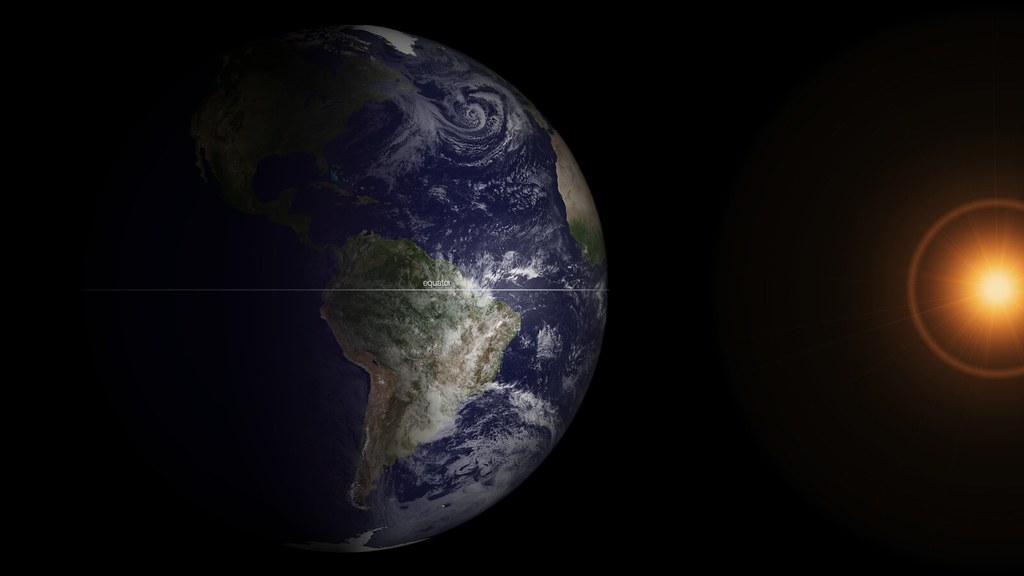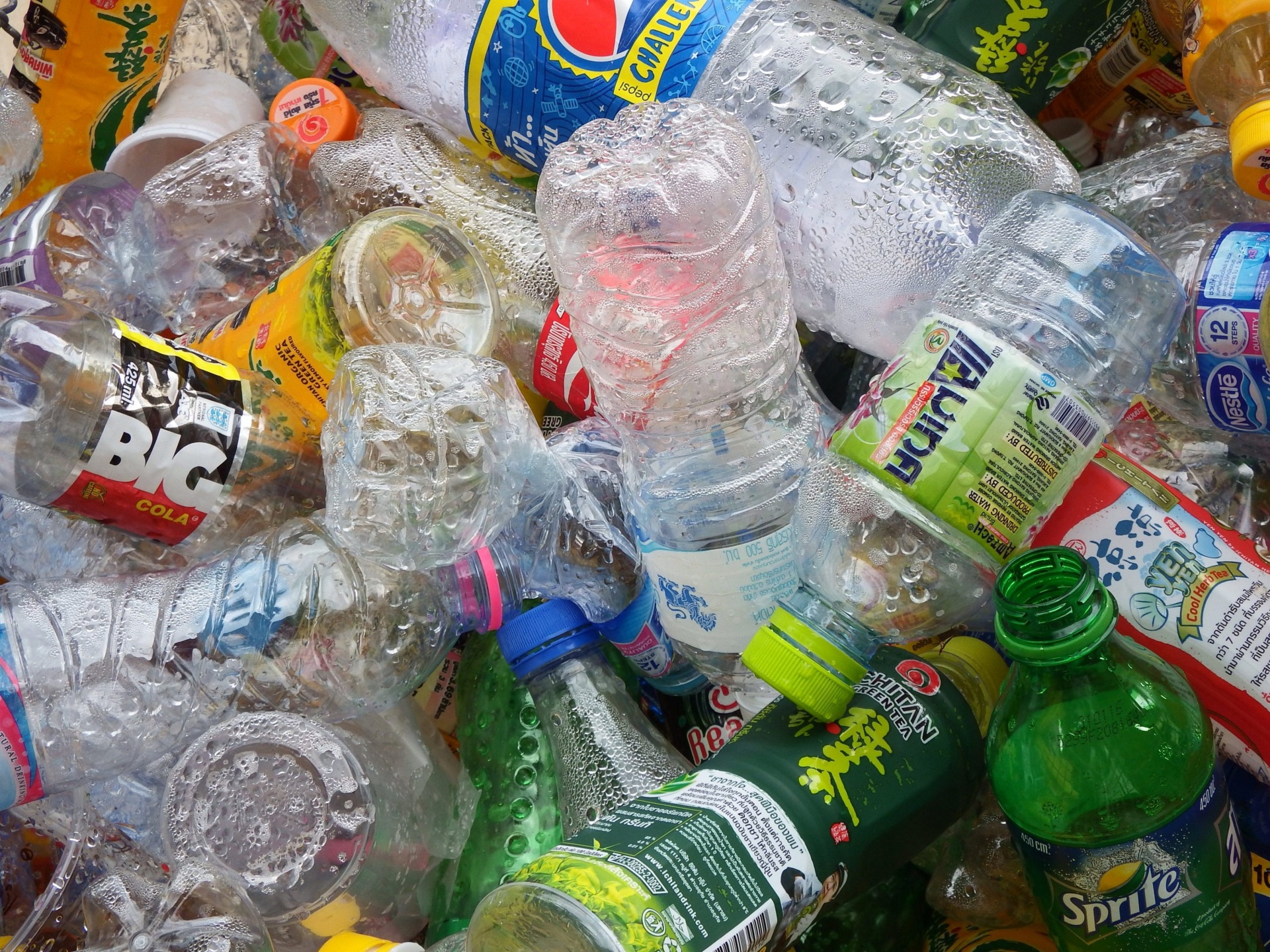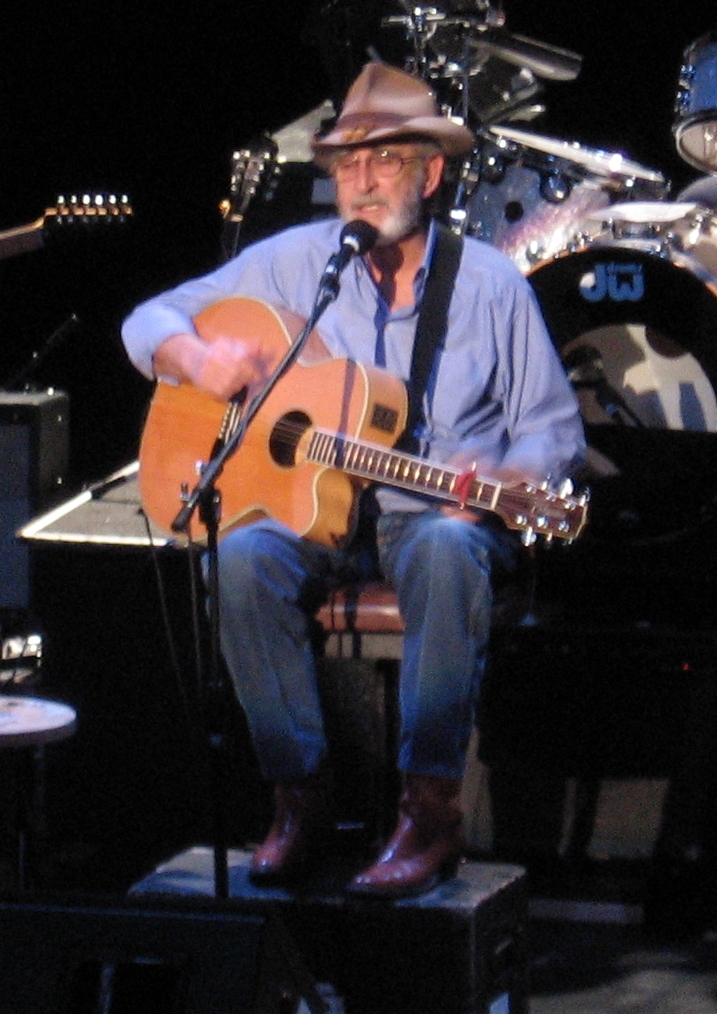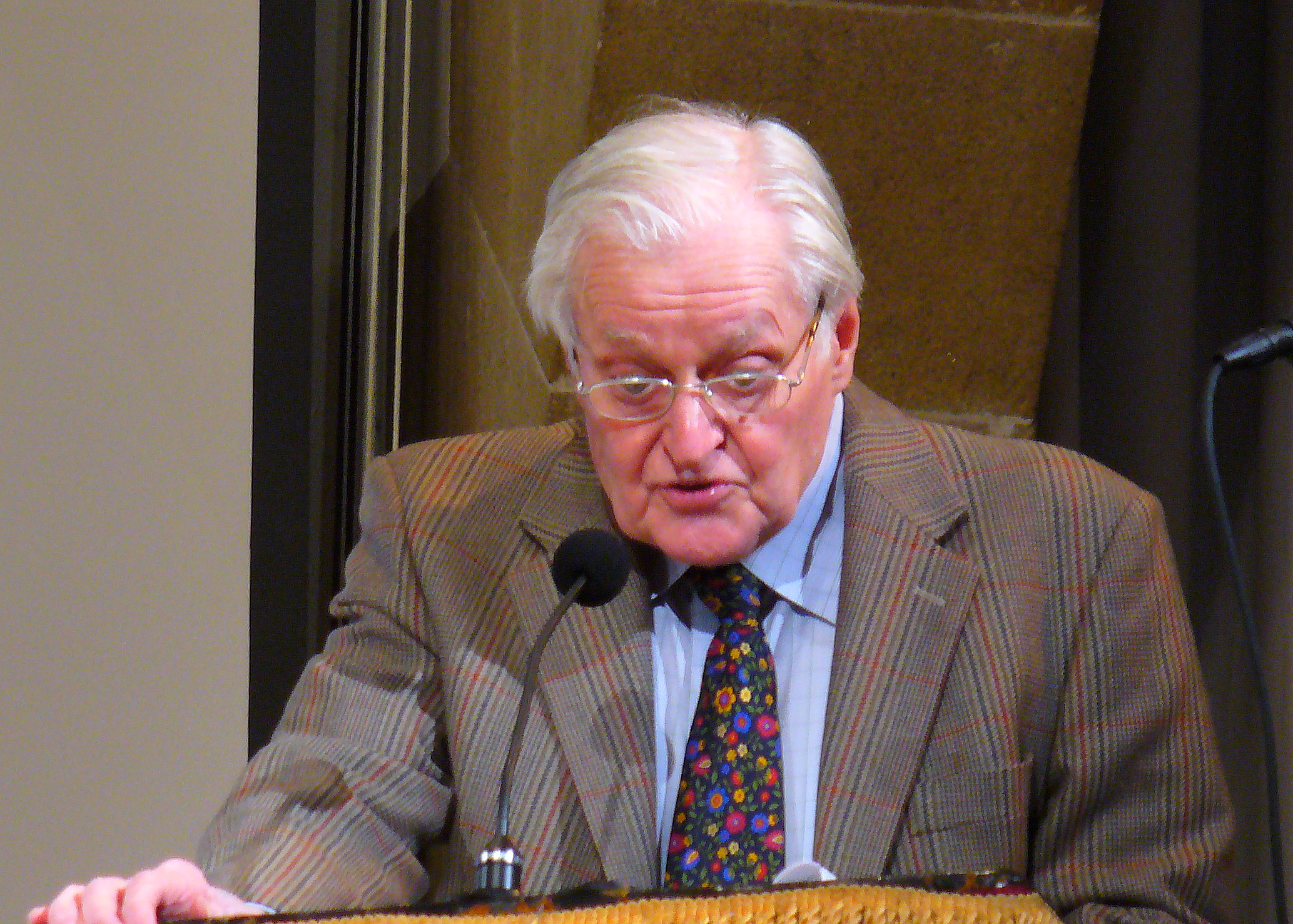Guest Blogger: Charlotte Meier
Charlotte's website:
HomeSafetyHub
We are learning more every day about the hazards of cleaning supplies, from children suffering after ingesting laundry detergent pods to the harmful effects of toxic household cleaners. As parents, we want to keep our homes and belongings clean, but we also want to keep our children safe from the chemicals in the supplies that we think clean our homes safely.
Truthfully, cleaning supplies that are safe for use around children also are safe for the environment. By using these types of eco-friendly cleaning supplies, we can ensure the health and safety of our families and our world.
1. Swap Toxic Cleaning Supplies with Natural Ingredients
The first step toward eco-friendly cleaning is reading the labels on your cleaning supplies. Discard any product with a label containing a warning about being hazardous to humans or domestic animals. The key is to
dispose of them responsibly before replacing them with natural cleaning ingredients.
Many household cleaning products, even those with hazard warnings, are water soluble and will not harm the environment in quantities that you will dispose of from home. In fact, the majority of cleaning products are specially formulated for safe disposal in a public water system or home wastewater treatment system, even if you have a septic tank.
Any cleaning products that do not list disposal methods on the label should be set aside to take to your local landfill during hazardous waste collection. Do not pour the remaining portions of these cleaners down your drain, as they may contain chemicals that should not enter a wastewater system. Avoid mixing remaining cleaning supplies, as some may cause an unfavorable reaction when combined.
When you are ready to replace your
toxic cleaning supplies, replace them with natural ingredients. Many people begin with vinegar, baking soda, and essential oils. White vinegar is a natural fabric softener that removes soap residue in the rinse cycle and prevents static cling in the dryer. To make an all-purpose disinfectant, mix a few drops of tea-tree oil with a tablespoon of vinegar and a couple of drops of lavender essential oil with water in a spray bottle to create a cleaner that kills germs and smells pleasant. Vinegar also effectively cleans mirrors and windows; dilute it with a little water and wipe with a newspaper.
2. You Should Clean Away Toxic Residue While You Declutter Your Home
Eco-friendly cleaning is something that you should start doing as soon as possible. But, you also want to think about things you have cleaned previously with toxic cleaners. For example, children often load totes, bins, and other containers with their toys to keep their homes organized and tidy.
Chances are, as flu bugs and other illnesses hit your home, you scrubbed these toys and containers with bleach or toxic cleaners and threw stuffed animals in the washer with detergents, fabric softeners, and dryer sheets that contain
hazardous chemicals.
The next time you
declutter with your kids and organize their toys and belongings, scrub plastic toys with a natural all-purpose cleaner and throw stuffed animals into the washing machine with
homemade laundry detergent.
Many detergent recipes call for washing soda, Borax, and a natural bar of soap such as Dr. Bronner’s. Add white vinegar to the rinse cycle to remove toxic cleaner residue and to soften clothes. Then, use an organic wool
dryer ball rather than toxic dryer sheets while drying clothes, blankets, and stuffed animals.
3. Lemons are an Ideal Disinfectant and Deodorizer
Some people steer clear of eco-friendly cleaning simply because they fear that their homes and belongings will smell like vinegar. The truth is, you can disinfect and deodorize while giving your home and clothing a fresh scent by
using lemons. Lemons boast powerful antiseptic and antibacterial characteristics in addition to being natural deodorizers. If you don’t like the smell of vinegar, combine lemon peel with white vinegar in a jar and marinate it for a few days.
Then, strain out the peel and use the lemon-scented vinegar in your cleaners and washing machine. You also can absorb household odors by combining vinegar and lemon juice in a small dish and placing it near your garbage can, kitchen sink, or bathroom.
Eco-friendly cleaning is much better for your family and the environment. Get started by replacing toxic cleaners with natural ingredients, cleaning away toxic residue while you declutter, and relying on lemons to clean and deodorize.


 CGEE Student Voice
CGEE Student Voice


















